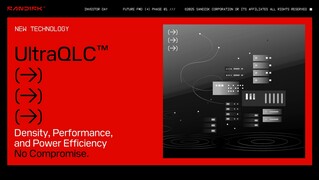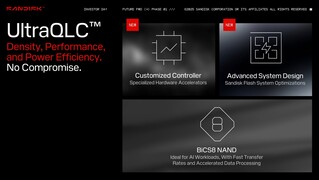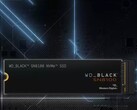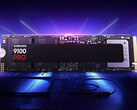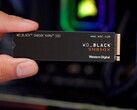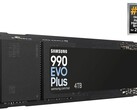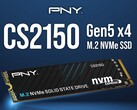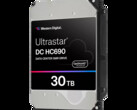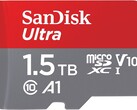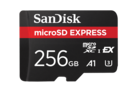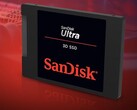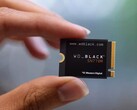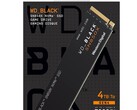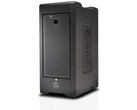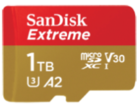At a recent Investor Day, SanDisk announced its ambitious plans to develop solid-state drives (SSDs) with capacities of up to 1 petabyte (1PB = 1,024TB). These breakthrough drives will leverage the company’s advanced UltraQLC technology. However, despite outlining its vision for these ultra-high-capacity drives, SanDisk did not provide a specific timeline for their release.
UltraQLC is not a new type of memory. It is an integrated platform that combines Kioxia's BICS 8 3D QLC NAND memory with an advanced proprietary controller featuring an impressive 64 NAND channels and specialized firmware.
The controller is a key component of the system. It includes domain-specific hardware accelerators that take on critical storage tasks typically handled by firmware. As a result, it reduces latency, increases throughput, and improves the reliability of hyperscale storage environments. Additionally, the controller dynamically adjusts the SSD's power consumption based on workload demands, ensuring high energy efficiency. An innovative bus multiplexer further supports the system by managing the heavy data throughput from high-density 3D QLC NAND memory stacks, allowing all channels to be fully utilized without a performance hit.
UltraQLC [is] custom-built based on our decades of experience and our current learnings to really be deployed in the modern data infrastructure while not compromising on density, performance, and power efficiency. It is really built around those three things: […] BICS 8 NAND technology [and future NAND as well], customized controllers, and advanced system design — Khurram Ismail, the incoming Chief of Engineering and Product Management at SanDisk
Initially, SanDisk's UltraQLC SSDs will utilize 2-terabit (2Tb) NAND memory chips to deliver capacities of up to 128TB. While the 64-channel controller theoretically supports even higher capacities, doing so could impact performance. Looking ahead, SanDisk anticipates the development of higher-capacity NAND devices, which will enable the scaling of SSDs to 256TB, 512TB, and eventually to the target of 1PB in the coming years.





